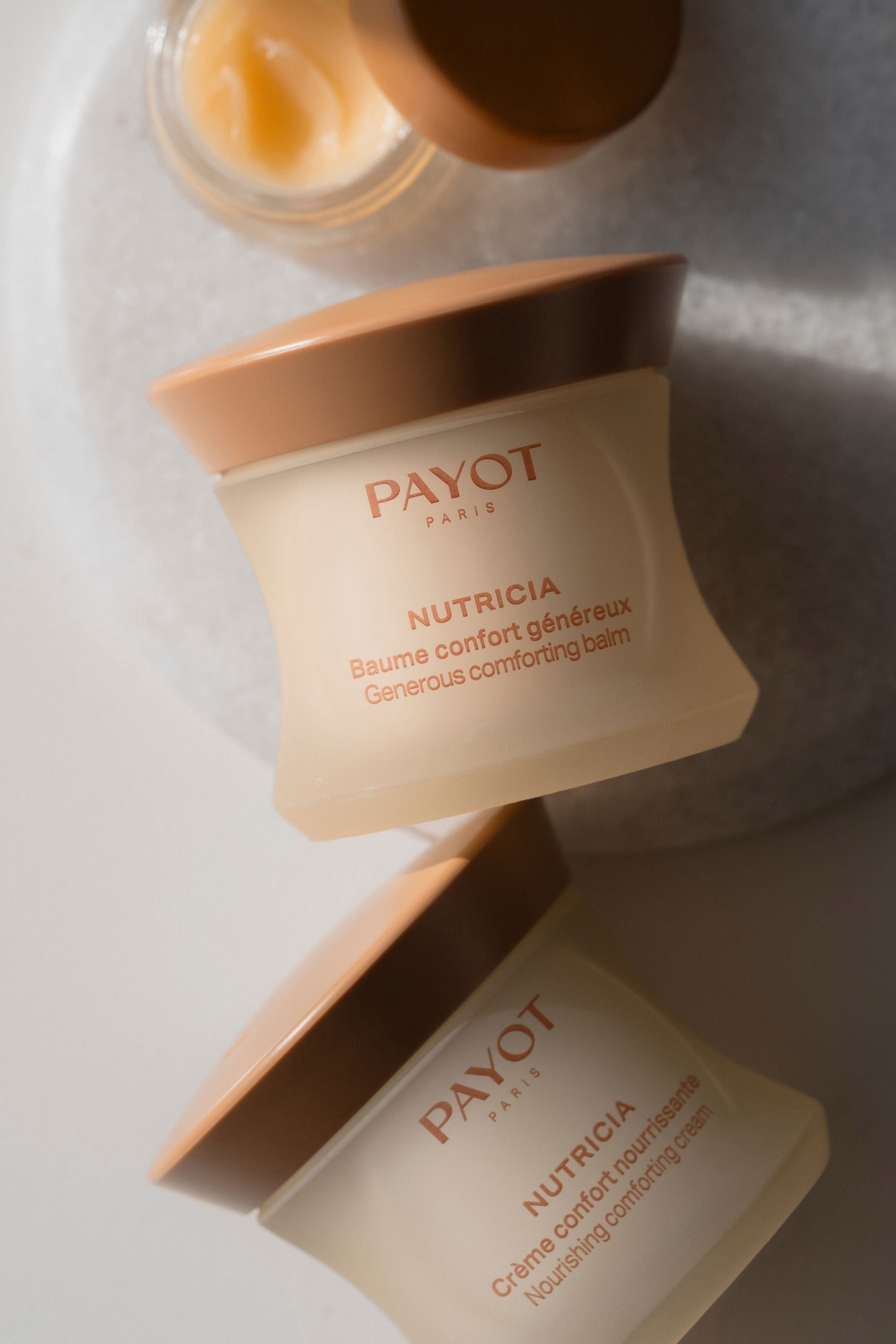There are four main skin types: normal skin, dry skin, oily skin, and combination skin. Knowing your skin type ensures you're choosing a skincare routine that's tailored to your skin's needs and gives it every chance of staying healthy. Find out how to identify yours.
What is a skin type?
To understand what a skin type is, you need to understand how the hydrolipidic film works. The hydrolipidic film is an invisible film made up of water and fat (sebum) that covers the entire surface of the skin like a huge protective barrier. Like a shield, the hydrolipidic film's mission is to defend the epidermis against bacteria and maintain optimal hydration. The quality and effectiveness of the hydrolipidic film determines which of the four skin types corresponds to us – normal, dry, oily, or combination. It should be noted that all of this is directly linked to our genetic heritage.
Skin Type #1 - Normal Skin
Normal skin is the kind we all want! Like baby skin, it's the result of a perfect balance of sebum and moisture, a sign that the hydrolipidic film is in perfect condition. Its characteristics:
- the skin texture is soft, clean, without imperfections;
- the complexion is rosy and harmonious;
- the epidermis is healthy, neither too oily nor too dry.
Normal skin is therefore easy to care for, but be careful not to underestimate it. It needs to be properly cleansed, protected, and moisturized to maintain its radiance and freshness.
Skin Type #2 - Dry Skin
Characteristics of dry skin
Dry skin, unlike normal skin, is caused by a lack of sebum. The hydrolipidic film lacks lipids and its protective barrier loses its effectiveness. It retains water less effectively, struggles to properly defend itself against external aggressions, and it shows:
- the complexion is dull, lacking radiance;
- the skin texture is slightly grainy;
- the skin is subject to tightness and even itching;
- changes in temperature can cause skin hypersensitivity and even redness;
- the skin sometimes experiences slight peeling.
How to take care of dry skin?
Sale price
Skin Type #3 – Oily Skin
The characteristics of oily skin
Unlike dry skin, oily skin is linked to excess sebum, also known as seborrhea. While we've seen that sebum protects the skin, it can also hinder the natural cell renewal of the epidermis if it's produced in excess. There are some telltale signs:
- the skin texture lacks regularity;
- the skin shines;
- the pores are dilated, particularly on the T-zone (forehead, nose and chin);
- the skin is prone to imperfections, blackheads and small spots can appear.
How to take care of oily skin?
Sale price
Skin Type #4 – Combination Skin
Characteristics of combination skin
Combination skin is a bit like normal skin that has gone off the rails. As the name suggests, combination skin combines the characteristics of two skin types:
- the skin is oily in the T-zone (forehead, nose and chin). It tends to shine and may have imperfections;
- the skin is dry on the rest of the face, especially on the cheeks;
- the complexion is dull, lacking radiance.
Combination skin is the most common skin type.
How to take care of combination skin?
Sale price
Now that you know the different skin types and what yours is, you know what beauty routine to adopt!

